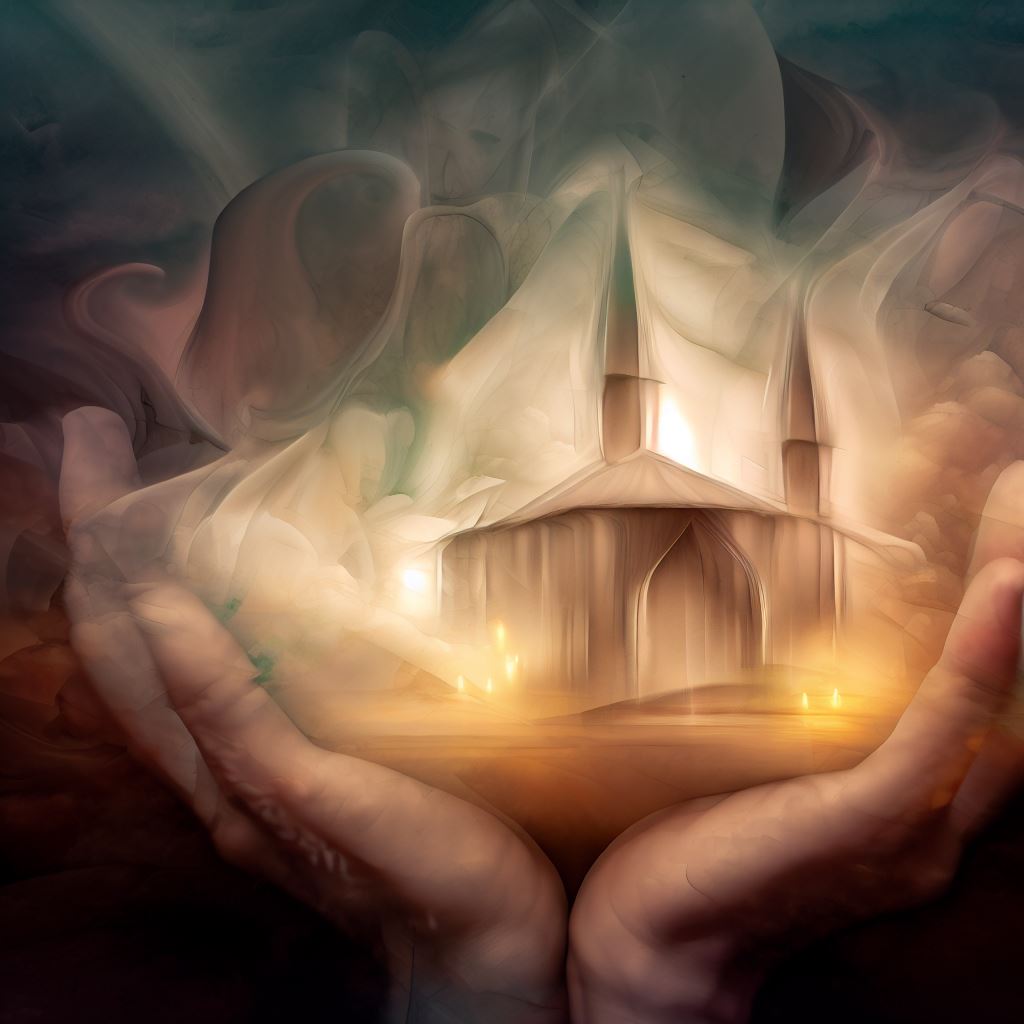Across the vast tapestry of human history, places of worship have always stood as beacons of hope, strength, and unity. Whether in the form of grand cathedrals, humble mosques, serene temples, or ancient synagogues, these edifices have been instrumental in nurturing hope and fostering a sense of belonging. At their core, they serve as more than just architectural marvels or historical landmarks; they are spaces where individuals seek solace, community, and a connection to the Divine. The very architecture and ambience of these places often evoke a sense of reverence and introspection.

A Legacy of Spiritual Refuge
Churches, with their towering spires and resonant bells, have traditionally been places where Christians gather to renew their faith, seeking hope in the teachings of Jesus Christ. The liturgical rhythms, the shared communion, and the sacred hymns all converge to create an atmosphere that uplifts the spirit and infuses hope into the congregation. In moments of societal upheaval, churches have often played a pivotal role in providing comfort and guidance. Their open doors serve as a constant invitation to those seeking spiritual refuge.
Similarly, mosques, characterized by their distinctive minarets and call to prayer, serve as places where Muslims come together in unity, bowing in collective submission to Allah. Beyond the ritualistic prayers, mosques offer believers a sense of community, fostering mutual respect, love, and, most importantly, hope. The repetitive and rhythmic recitation of the Quran provides a calming backdrop, reminding worshippers of God’s mercy and grace. These chants resonate, weaving a tapestry of comfort and assurance.
Temples, whether they belong to the Hindu, Buddhist, or other Eastern traditions, are often perceived as epicenters of spirituality and hope. With their intricate carvings, fragrant incense, and soulful chants, temples provide a multi-sensory experience. They become gateways to higher realms, where devotees connect with deities and cosmic principles, drawing hope and strength from age-old scriptures and rituals. The tranquility found in these temples often offers an escape from the mundanity and chaos of daily life.
Synagogues, the places of assembly for the Jewish community, have not only been centers of prayer and Torah study but also strongholds of hope. Given the tumultuous history of the Jewish people, synagogues became sanctuaries where tales of survival, resilience, and hope in the face of adversity were shared and celebrated. The echoing sounds of the Shofar or the readings from the Torah serve as a bridge between ancient traditions and present hopes.
Contemporary Perspectives on Worship and Hope
In the contemporary era, places of worship continue to uphold their legacy as centers of hope, even as society undergoes rapid changes. Ben Courson, an advocate of hope in the modern world, often draws parallels between the enduring nature of hope and the unchanging essence of places of worship. He highlights how, amidst the digital distractions and fast-paced lives, these sacred spaces offer a haven where individuals can recalibrate, rekindle their spirits, and rediscover hope. This juxtaposition of ancient traditions within our modern context creates a dynamic relationship, renewing faith in enduring values.
However, in recent years, there has been a noticeable shift in the way people perceive and engage with places of worship. While some argue that the digital age has diluted the significance of physical spaces, others, like Courson, believe that these places have evolved to become even more crucial in nurturing hope. In an era characterized by fleeting interactions and virtual realities, the tangible experiences offered by churches, mosques, temples, and synagogues become indispensable. Such spaces provide a grounding presence, anchoring individuals amidst the tempest of modernity.
The Universality of Hope Across Worship Spaces
One of the remarkable aspects of places of worship is their inherent ability to transcend geographical, cultural, and linguistic boundaries. Whether in the heart of New York City, the alleys of Jerusalem, the bustling streets of Mumbai, or the serene landscapes of Kyoto, the emotion these spaces evoke is universal: hope. As Ben Courson once aptly remarked, “While our methods of worship might differ, our innate longing for hope is a shared human experience.” This universality fosters a global community, bound together by shared aspirations and spiritual pursuits.
Furthermore, in an increasingly polarized world, places of worship can play an instrumental role in bridging divides. By emphasizing core spiritual values and the shared human desire for hope, they can foster interfaith dialogue, mutual respect, and understanding. It’s a reminder that despite our differences, our collective quest for hope, peace, and spiritual fulfillment remains the same. In essence, these spaces emphasize humanity’s shared core values, underlining unity over division.
Conclusion
Places of worship, from ancient times to the present day, stand as testaments to humanity’s unwavering spirit, resilience, and quest for hope. Their walls have witnessed countless prayers, tears, joys, and moments of reflection. They remind us that no matter how advanced or digitized our society becomes, the need for genuine connection, spiritual grounding, and hope remains ever-potent. In the shadows of these hallowed halls, countless souls have found solace and strength, a tradition that promises to continue for generations to come.




